Abhidhamma is a higher or more profound treatment of the Buddha’s teachings. It analyzes and minutely explains the materiality and mentality that makes up a ‘being’. It then set out various conditional relations and the conditioning forces operating between them. Abhidhamma is the kernel of Buddha’s teaching. It is as important as anatomy to a medical student and a periodic table to a chemist. Without knowledge of Abhidhamma, it is very difficult to precisely understand different phenomena such as birth, life, suffering, and happiness.
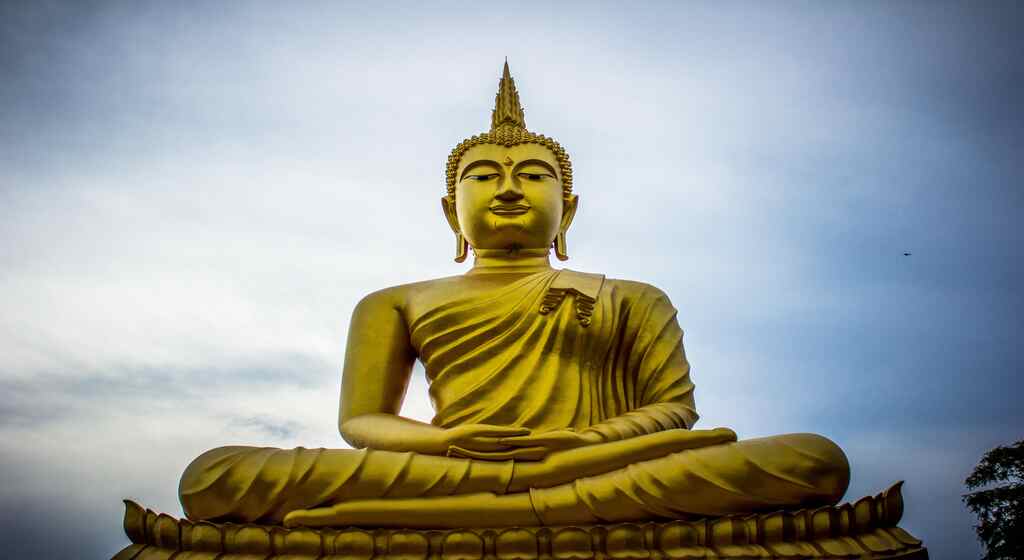
So if you really know about kind of mental state in abhidhamma please go on.
As a leading component of five aggregates (pancakkhanda) that constitute and individual from the aspect of psycho-physical make-up, consciousness (vinnana) plays the most crucial role in experiencing material and non-material objects. It serves as the foundation for association and existence of mental concomitant (52 cetasikas), and for the origination of mind-born matters (cittaja-rupa).
It also serves as a grip for understanding or wisdom (panna) to penetrate consciousness itself and its related mentality-materiality. Vinnaya is only one if it is viewed from its function of the cognizing object; however, it is classified into 89 to 121 types when it is associated with different 52 mental concomitants.
As one of many factors that compose an ever-changing flux or process of psycho-physical phenomena, vinnana has conditionally arisen. It appears due to conditions, so does it disappear? Being a conditioned phenomenon, vinnaja is used as one of the objects for meditative contemplation conducive to the attainment of mundane and supra-mundane knowledge (lokiya-lokuttara-nana) by which worldly happiness and Nibbanic blisee are realized. I would like to discuss about its true existence in the Abhidhamma teaching of the Buddha.
Table of Contents
- Introduction
- Concept Of Citta, Vinnana (MIND) In Buddhist Philosophy
- The True Existence 52 Mental Factors (cetasikas) In The Mind
- Sabba Citta Sadarana Cetasikas (The Universals – 7)
- Pakinnaka Cetasikas (The Occasional – 6)
- Akushal Cetasikas (The Unwholesome Factors – 14)
- Sobhana Sadarana Cethasika (The Beautiful Mental factors- 19)
- Virathi Cetasikas (The Three Abstinences – 3)
- Appamanna (The Two Illimitable – 2)
- Panna (Wisdom)
- SUMMARY
- References:
Introduction
‘Viññāna’ appears frequently throughout the suttas and is almost universally translated as ‘consciousness’. In this paper, I will show that this is an inadequate translation and offer a better transliteration of ‘cognition’. That too is, however, not quite fully encapsulating the precise meaning and ramifications of viññāna.

Indeed there is a good argument supporting the proposition that translations that we have inherited from the Pali Text Society and from the early pioneers of translation in Sri Lanka should be adhered to, for better or worse, since they are now the accepted vocabulary.
Changing these words makes for some confusion, especially for beginners and more especially when the Pali word is not provided in brackets or as a foot/end note. In particular, words like ‘suffering’ and ‘mindfulness’ should probably now be up kept so as to maintain continuity and readability.
Consciousness might well fall into this category, but either way, its proper function in the machinations of the mind should be understood as they were originally meant, and not confused with the modern psychological or scientific understandings of the word, since these are quite, quite different.
Concept Of Citta, Vinnana (MIND) In Buddhist Philosophy
In Buddhist philosophy, vinnana denotes ‘that which is aware of the object’. It is derived from the stem ‘na’ to know’ or ‘to be aware’. One of the popular definitions given to this term is arammana vijanatiti vinnana’– it is the consciousness of the object, therefore it is called consciousness.
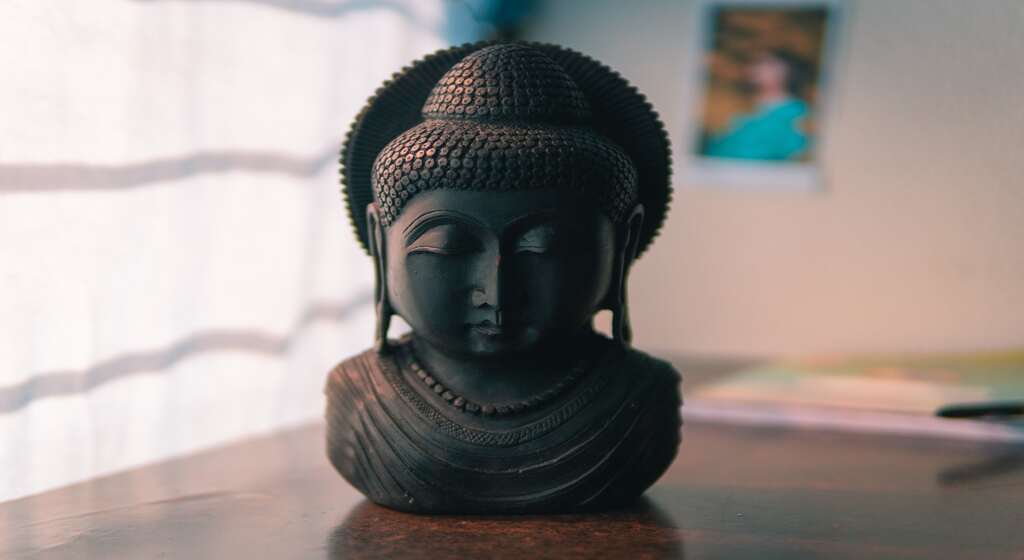
It is a state of being aware of something. The synonymous terms of consciousness are citta, mano, manasa, and hadaya. Our life starts with the arising of one kind of consciousness, technically called rebirth-linking, which is produced by volitional formations.
During the course of our life we do different sorts of actions that leave impressions upon the mental continuum. These are called volitional formations and these formations have the potential to bear results.
Vinnana cannot arise without an object. There are six classes of objects classified in Abhidhamma: visible object, sound, smell, taste, tangibility, and dhamma. The dhamma objects cover matter, consciousness, mental factors, nibbana, and concepts.
All these six classes of objects have their respective vinnana, e.g. the consciousness that can be aware of a visible object is eye consciousness. But eye-consciousness cannot be aware of sound. Another significant point is that matter, nibbana, and concepts can only be objects of consciousness.
They cannot cognize anything. But vinnana can be aware of other object as well as become objects of another vinnana. Consciousnesses are not arising at random. This is another significant feature of vinnana. They arise in a systematic process which is technically called vithi. They follow a systematic sequence while cognizing objects.
Everything a being does, good or evil, is mind-made. The quality of mind lies behind all the negative and positive forces of life. It affects not only the person’s journey is samsara but also the people around, nature, and the world. The first verse of the Dhammapada says: “The mental phenomena are dominated by ‘mind’, they governed by ‘mind’ and they are made up of ‘mind’.
Nibbāna is not the cessation of consciousness. If one is not conscious, then one is either fast asleep, in a coma, or dead, but the meditator who realizes nibbāna is said to be wide awake, hence Buddha = the Awakened One.

Nibbāna is sometimes referred to as the cessation of perception and feeling, but not as the cessation of consciousness. Nibbāna is the object of the supramundane magga-citta and phala-citta – which are supramundane types of consciousness. If you’re talking about parinibbāna, then that is a different thing from realizing nibbāna. At the moment of parinibbāna, then the consciousness of the Arahant or Buddha ceases never to arise again.
Sankhāra paccaya viññāna– formations condition consciousness- means that the nature of consciousness depends on the mental formations. One does not precede the other, but they arise together. Sankhāra means any of the fifty mental states (cetasikā) that arise together with consciousness and have the same object.
Vedanā and saññā – feeling and perception- are the other two cetasikā and also the other two of the five aggregates- form, feeling, perception, mental formations, and consciousness. Consciousness is not a thing, but a process. Each moment of consciousness is conditioned by preceding moments of consciousness, and the present consciousness conditions subsequent moments of consciousness.
The discrepancy seems to arise with the unexamined idea that consciousness is a pervasive medium, into which things arise and cease. In this sense it is confused with the Pali concept of ‘citta’, which itself actually has a number of definitions and connotations in the Suttas.
Abhidhamma scholars claim that citta and consciousness, as well as mano, all refer to the same thing. Further through this paper we will see that viññāna arises and ceases continually: that means not just the object of consciousness, but consciousness itself ceases and arises.
As each moment of consciousness ceases another arises to take its place, giving the illusion of continuity. If this is indeed the case, then there can be no problem with the idea that consciousness must cease in order to attain enlightenment.
The True Existence 52 Mental Factors (cetasikas) In The Mind
Man is by nature more a slave of his own mind than its master. As Mahā Moggallāna once explained to Sāriputta one must have the mind under control (cittaṃ vasaṃ vatteti) and not allow the mind to get the better of one (cittassa vasena vattati).
The great optimism of Buddhist psychology, unlike for instance the Freudian system, is that man can restrain, curb and subdue his mind by his own mind (cetasā cittaṃ abhiniggaṇhāti), and thus check and eliminate evil propensities by himself, without necessarily going to an analyst.
It has to be remembered that the will in Buddhism, though an aspect of the mind, can yet act as the controller of the mind, both in the conscious and the unconscious spheres.
This is possible because as the Aṅguttara Nikāya says the mind if cultivated is the most pliable (kammanīya) thing to handle. By ’cultivated’ (bhāvita) is here meant the process of mental culture which is called bhāvanā in Buddhism. This is possible because Buddhism holds that causation is as true of the mind as of external things.
Sabba Citta Sadarana Cetasikas (The Universals – 7)
These seven mental factors are common to all consciousness.

Phassa (Contact):
Here phassa is not the physical contact. So the phassa is the contact of the object (Arammana) with the respective consciousness. Eg: Chakkusampassa, Sothasampassa……
Vedana (Feeling):
Vedana means the mental factor of feeling which enjoys/ experience fully. Sometimes it may be happy, unhappy or neutral. E.g.: Cakkhu samhassaja vedana, Sotha sampassaja vedana……
Sanna (Perception):
Identification of different objects is made with the help of perception. Once an object has been perceived, perception imprints a certain sign or mark so that it could be recognized easily in the future. E.g: Rupa sanna, Sadda sanna …
Cetana (Volition):
The mental factor which combines citta and cetasika is known as Cetana. So moral actions and functions should be considered as cetana.
Ekaggata (One pointedness):
The mental factor brings into focus the consciousness and the mental factors that arise simultaneously on a particular object.
Jivithindriya (Mental Life Faculty):
The energy helps the uninterrupted continuance of the five aggregates. This is considering only the “Nama Jivithindriya”.
Manasikara (Attention):
Manasikara means supplying the associated mental factors to the object again and again.
Pakinnaka Cetasikas (The Occasional – 6)
These are not common to all consciousness like the universals but do arise in a particular type of consciousness.

Vitakka (Initial Application):
Revising the objects that arise in the citta. We did not revising all the objects. Vitakka helps in getting hold of an object by the citta and the mental factors.
Vichara (Sustained Application):
The object that we get from the citta (from vitakka) conducting in citta called as Vichara. It is sharp than vitakka. Those vitakka and vicara take place simultaneously.
Adhimokkha (Decision):
The characteristic of this mental factor is “ decision making”. Here means that once you can only accept one in every manner. From this mental factor deciding the characteristics of the object.
Viriya (Effort):
The consciousness and its mental factors are energized by this mental fact. So this mental fact is to active (courage) the mental factors in their own works. Viriya is found in 9 ways “ Sammappadhana-4 , Viriya Iddipada, Viriya Indriya, Viriya Bala, Viriya Sambojjanga, Samma Vayama”
Piti (Joy):
The mental fact of joy or gladness. Joy can be classified under five headings. They are “ Khuddhaka piti, Khanika piti, Okkantika piti, Ubbega piti, Pharana piti”
Chanda (Desire):
Desire to identify the objects that came to citta called chanda.We did not include craving here. Here carries several meanings, Kamacchanda – Craving for sensual pleasures. Kattu Kamyata chanda– Desire to act or wish to perform an act. Dhammacchanda – Good intention for moral acts (Kusalacchanda).
Akushal Cetasikas (The Unwholesome Factors – 14)
This is the third major group of mental factors.

There are fourteen mental factors that arise with unwholesome citta.
Moha (Delusion):
This means, did not understand the true reality of the object. This is the most fundamental of all immoral mental factors.
Ahirika (Shamelessness to do evil):
This mental fact means, have no shame to do wrong things.
Anottappa (Fearlessness to do evil):
This mental fact means, have no fear to do wrong things. Bravery to do bad actions.
Uddhacca (Restlessness):
Restlessness of the mind is called (Above four unwholesome mental factors are common to all Akusala Consciousness. So we called it as “ Sabbakusalasadarana” )
Lobha (Greed):
The mental fact which attracts a person to the desired object is greed.
Ditthi (Wrong View):
Did not understand the reality of the world. We called this as
Mana (Conceit):
Comparing oneself with others in any form is called Mana. Conceit is only can defeat by attain by Aranant ship. These three mental facts arise with consciousness rooted in greed.
(Above three unwholesome mental factors are classified under three categories.(Lobhatrikaya) Higher rank: Middle rank: Lower rank)
Dosa (Hatred):
The mental fact which disturb to fulfill the objects. ( Anger, dislike are same names for this)
Issa (Envy):
The mental factor envy arises depending on the way you look at others success and prosperity. This might be the mental attitude of jealousy.
Macchariya (Avarice):
A person who is wealthy and prosperous may not wish others partaking of his wealth. This mental fact is the nature of miser.
Kukkucca (Worry):
This mental fact means repentance on the bad actions that done or may not do.
(Above four unwholesome mental factors called as “Dosachatukkha”. These cetasikas arise only in the consciousness rooted in Hatred.)
Thina (Sloth):
Dullness or drowsiness of the consciousness is the mental fact of sloth. “ sickness of the mind ”.
Middha (Torpor):
The indolent state of the mental factors. This characteristic is the inactiveness of these fifty two mental factors.
(Above two unwholesome chetasikas are always arise together. These two only associated with Prompted of Unwholesome Cittas. (Akusala Sasankarika-5 )
Vicikiccha (Doubt):
The characteristic of doubting itself. This mental attitude arises directly from delusion. Doubt is the fifth part of Five Hindrances. Doubting regarding the Triple Gem is called “ Nivarana Vicikicca”. There are 8 sections in it. The above mental fact arises in the Consciousness rooted in Delusion. (Vichikiccha Sampayutta Citta)
Sobhana Sadarana Cethasika (The Beautiful Mental factors- 19)
These 19 mental factors arise only with the Kusala Citta. (Beautiful consciousness).
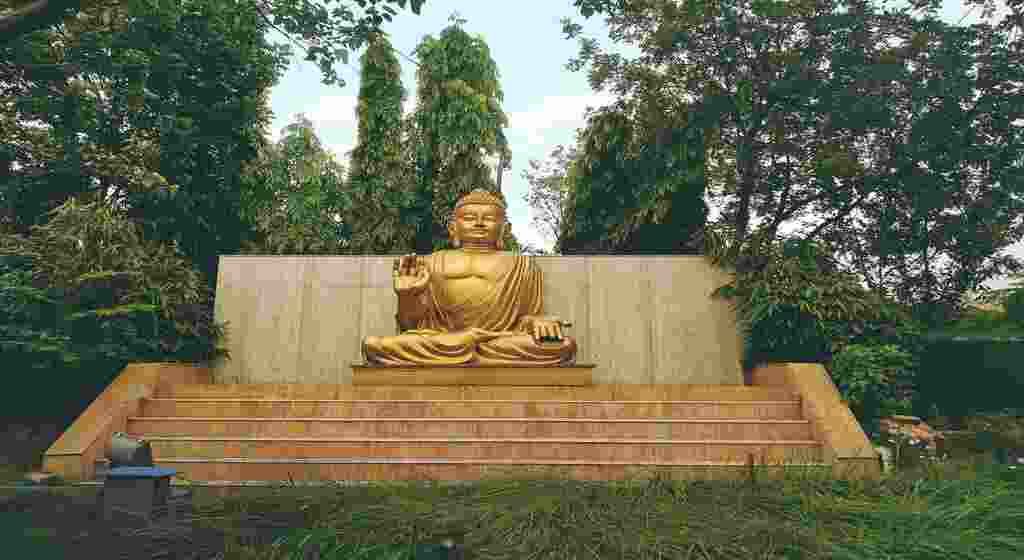
- Saddha (Faith): The faith regarding triple gem without of doubt. The mental fact of true belief. It can be two ways, Amulikha sadda Akaravathi sadda
- Sati (Mindfulness): The general meaning of mindfulness is “to remember”. When we have to be mindfulness, in walking, sleeping, standing, and sitting. This might be two fold. Apilapana Lakkhana sati, Upaggahana Lakkhana sati.
- Hiri (Shame of Wrong doing): This mental fact means, have shame to do wrong things
- Ottappa (Fear of Wrong doing): This mental fact means, have fear to do wrong things. Ottappa based on external factors. Attanuwada Bhaya – Fright arising through one’s self accusation, Paranuwada Bhaya – Blame from outsiders, Danda Bhaya – Punishment that may follow consequently, Duggati Bhaya – Fear of rebirth in the lower aweful realm.
- Alobha (Non Greed): This means non attachment to the object. That means the ordinary person is to satisfactory object one perceives through the five senses.
- Adosa (Non Hatred): Non hatred is the mental fact that promotes loving kindness. (Metta) and the welfare of other living beings.
- Ttramajjhattata (Neutrality of Mind): This is the mental fact which observes the functioning of other mental factors and keeps them at their proper levels. So we called this as “Upekkha”.
- Kaya Passaddhi: Here Kaya means mental body. We include 3 aggregates for it. Vedana – Feelings, Sanna – Perception, Sankara – Mental formation
- Citta Passaddhi (Passaddhi – tranquility): Tranquility means quite and calmness of the consciousness and the mental factors. Here Citta means the consciousness itself. We include one aggregate for it. Vinnana – Mind)
- Kaya lahuta
- Citta Lahuta (Lahuta – Lightness): The characteristic of lightness is the subsiding of such heaviness of the mental factors and the respective consciousness. This mental fact caused it to reduce its heaviness of it.
- Kaya Mudutha
- Citta Mudutha (Mudutha – Malleability): The characteristic of mudutha therefore is the subsiding of rigidity of the consciousness and the mental factors.
- Kaya Kammannata
- Citta Pagunnata (Pagunnata – Proficiency): This is the characteristic of healthiness of the mental factors and the consciousness. And the skill to perform the citta for the Kusala.
- Kaya Ujjukata
- Citta Ujjukata (Ujjukata – Rectitude): This is the characteristic of non crookedness of mental factors and consciousness respectively.
Virathi Cetasikas (The Three Abstinences – 3)
Virathi means to refrain from wrong conduct by way of Speech, Action and Livelihood.
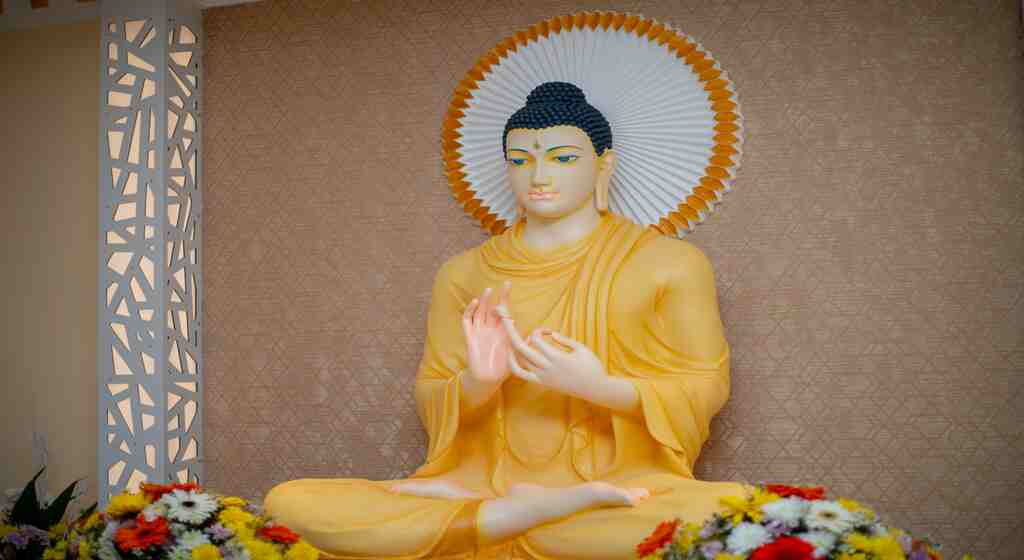
Samma Vaca (Right Speech):
Renouncing from four ortary. Musavadha – Refrain from lying, Pisunavacha – Refrain from tale bearing, Pharusavacha – Refrain from harsh words, Sampraphalapa – Refrain from useless talks.
Samma Kammantha (Right Action):
Refrain from bad actions. Panatipata – Refrain from killing, Adinnadana – Refrain from stealing, Kame su micchacara – Refrain from committing adultery.
Samma Ajiva (Right Livelihood):
This is to abstain from wrong livelihood. Buddha preached not to allocate these jobs. Selling meat, Selling poison, Selling beings, Selling weapons, Selling alcohol.
Appamanna (The Two Illimitable – 2)
These two mental factors are called illimitable as the object of these virtues is the whole realm of beings that is limitless. They are, Loving kindness (metta), Compassion ( Karuna), Appreciative joy (Mudita), Equanimity (Upekkha)
Above four facts called as “Brahma Vihara”. Metta and Upekkha are part and parcel of the Universal Beautiful Mental Factors and are identified as non- hatred (adosa) and Neutrality of mind (Tatramajjhattata).
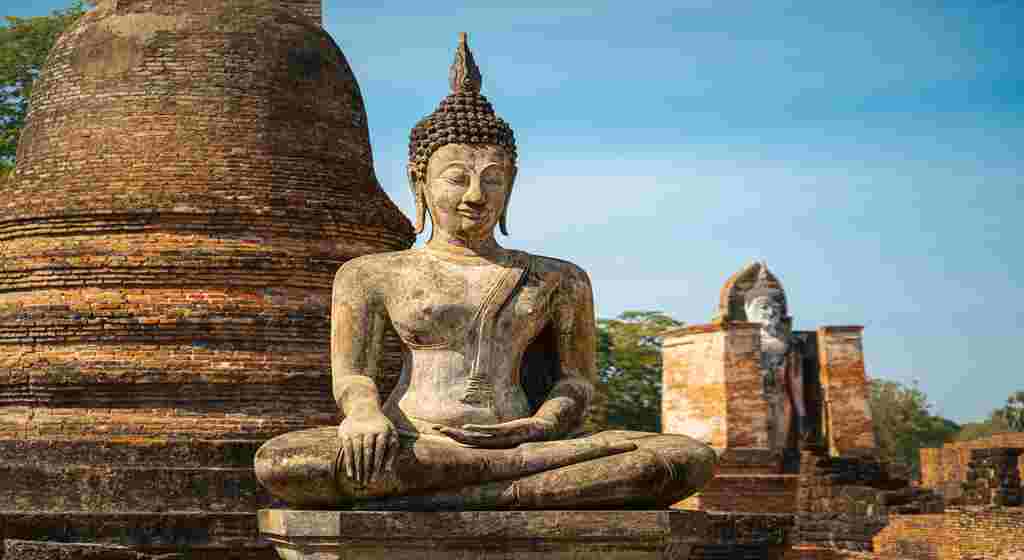
Karuna (Compassion):
Karuna is the virtue that makes the hearts of the good tremble when others are subjected to suffering.
Muditha (Appreciative Joy):
This is a mental factor is not mere sympathy but the wish to see others rejoicing in their happiness. Muditha is the remedy for jealousy.
Panna (Wisdom)
The dhamma by which one is able to understand the real nature of all the dhamma is called “wisdom”. The true knowledge of things is about the understanding of Anicca. Dukkha, Anatta.
SUMMARY
Basically, what is to be encouraged in the dharma (and also in psychotherapy), are the positive mental factors which include all of the six paramitas. What needs to be avoided are disturbing mental factors, the emotions. The difference between therapy and dharma is that therapy is only directed towards temporary well-being in this life and dharma is for all lives up to and beyond enlightenment.
The motivation with which one undertakes this kind of process is different and that is why the methods which are used are also different. The methods that undercut all ego clinging are not so interesting and often scary for a person who just wants to be happy in this life, but if one wants to develop the capacity to help all sentient beings one will be interested in developing beyond personal, relative well-being in this world. One will not stop with one’s development just because one is happy.
As I have attempted to show in this paper the individual mind does not consist of such solid metaphysical stuff as the Self or Soul of certain religions and philosophies is made of. It is whether conceived as citta or mano or viññāṇa just an aspect of those dynamic Vital Impulses (saṅkhāra) which are categorically stated in Buddhism to be anicca, impermanent, dukkha, subject to ill and pain, and anattā, void of any abiding substances.
To the Buddhist, the mind is only a flux, a derivative ripple on the surface of the stream of becoming (bhavasota). The Buddhist can, therefore, in no way entertain the belief that the mind in any sense can be an unchanging entity, a permanent ego. And this indeed is the most important lesson taught by the Buddhist analysis of the concept of mind.
References:
- Abeysekera, Radhika. Practising the Dhamma with a view to Nibbana, The Corporate Body of the Buddha Educational Foundation, TTaipei, Taiwan.
- Abhidhammattha Sangaha. Acariya Anuruddha. Bhikkhu Bodhi, trans. Seattle: BPS Pariyatti
- Bhikkhu Ñānamoli,Path of Purification, Buddhist Publication Society, Kandy 1991,
- Bhikshu Dharmarakshita , Visuddhimarga, Gautam Book Center, Delhi, 2010
- Bodhi, Bhikkhu, Comprehensive Manual of Abhidhamma: The Abhidhammattha Saṅgaha of Acariya Anuruddha (PDF ed.). Pariyatti Publishing,2012
- Narada Maha Thera, A Manual of Abhidhamma (Abhidhammattha Sangaha), The Buddhist Missionary Society, Malaysia, 1979
- The Connected Discourses of the Buddha, Wisdom Publications, Boston, 2000, Translated by Bhikkhu Bodhi
- The Long Discourses of the Budhda, Wisdom Publications, Boston, 1995, Translated by Maurice Walshe
- The Middle Length Discourses, Buddhist Publication Society, Kandy 19995 Translated by Bhikkhu Bodhi
- Ven. Nyanatiloka, Pali Buddhist Dictionary, Buddha Shamma Education Association Inc, PDF internet publication.
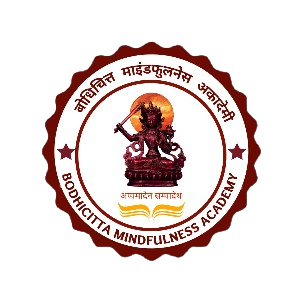
Pingback: The Contribution Of Buddhist Culture To Indian Society - BODHI MINDFULNESS
Who is author of this?
Everything is very open with a very clear description of the challenges. It was definitely informative. Your site is very useful. Thanks for sharing!
May I simply just say what a relief to uncover somebody that genuinely knows what theyre discussing on the web. You definitely understand how to bring a problem to light and make it important. A lot more people must read this and understand this side of your story. I was surprised that youre not more popular because you definitely have the gift.
Myself is Dr Manish Meshram Assistant Professor at Gautam Buddha University Greater Noida Uttar Pradesh, India. I am happy to all of you for accessing my article.
interesting post
Cool + for the post